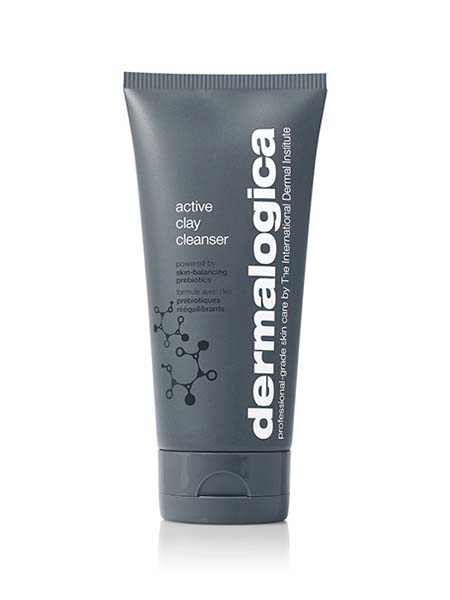Blog
How Does A Microfoliant Work?
When it comes to skin exfoliants, there are hundreds of products on the market, but they tend to fall into two major categories. A daily microfoliant is a little different and manages to have a lot of the benefits of traditional exfoliating scrubs with none of the drawbacks.
What Is An Exfoliant?
An exfoliant is simply any treatment, product or technique that removes dead skin cells from the surface of your skin. There is a lot of different techniques out there, but most products can be separated into one of two different categories.
- Physical Exfoliants – these are products like facial scrubs, microfibre cloths or even sponges and pumice stones. Microneedling and dermarollers also technically count, but they are slightly different.
- Chemical Exfoliants – This is where a chemical product eases away the dead cells, such as a chemical peel. These usually use alpha-hydroxy acids, beta-hydroxy acids, enzymes and retinol to help renew dead skin cells.
Exfoliating is a complicated balancing act, as too much exfoliation can have a damaging effect. After all, you are scrubbing your face. However, when done correctly it not only helps clear up your skin in the short term, it boosts the skin’s production of collagen.
How Does A Microfoliant Differ?
A microfoliant, such as Dermalogica’s, uses an exfoliating element that is much smaller than most physical exfoliants, being a white powder made with rice bran. Most facial scrubs use crushed apricot kernels and other abrasives that are much bigger.
They often also contain enzymes, citric and salicylic acids, which are more commonly found in chemical exfoliant products, as well as skin moisturisers like green tea to help calm the skin after exfoliation.

